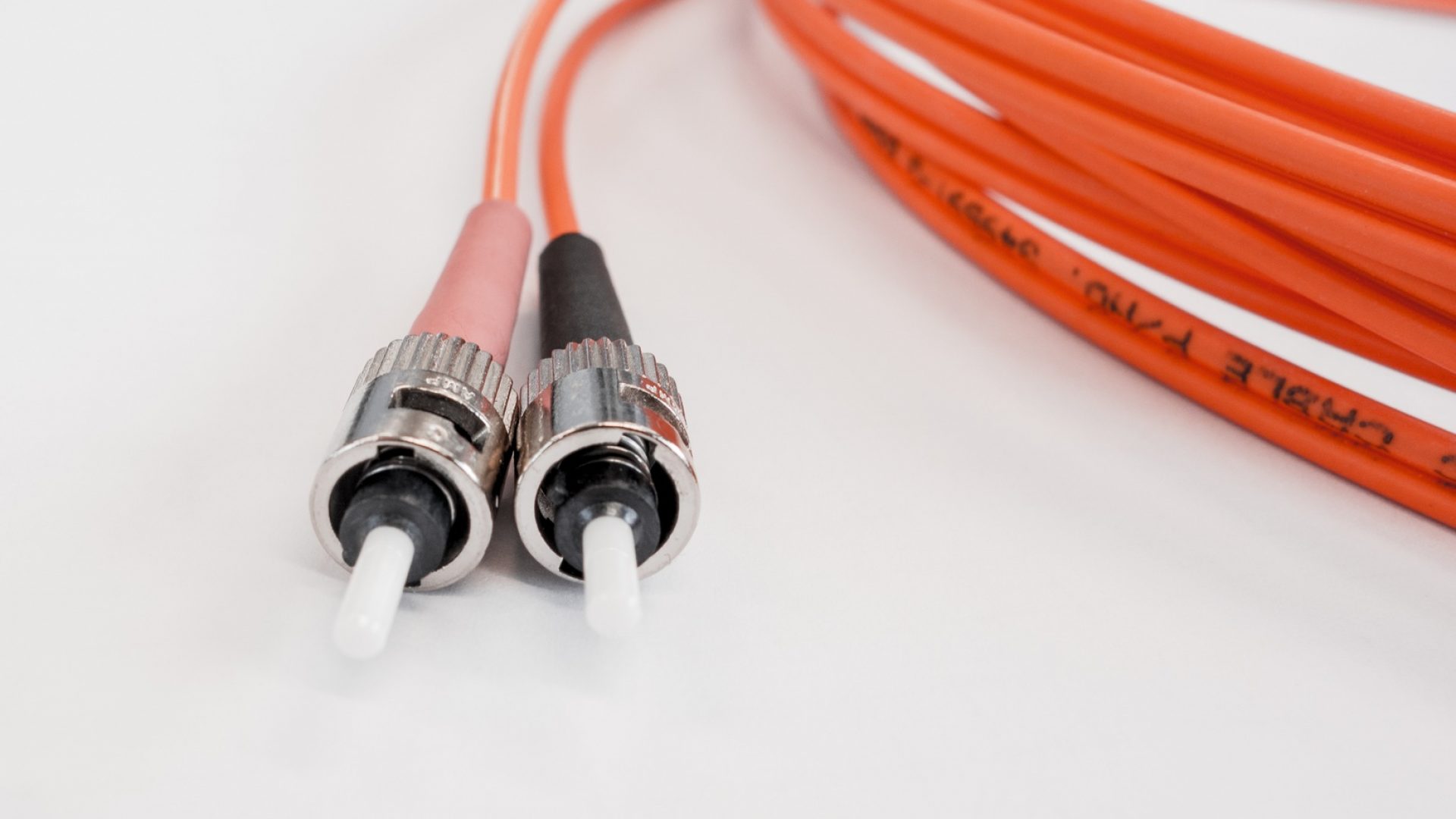If you plan to have a phone or internet connection installed, some companies might inform you about the cables they use. You might be surprised to know that fibre-optic cabling is slowly replacing obsolete electric lines in many areas.
If you are not familiar with how fibre-optic cabling works, read on. This article will talk about this cable and what makes it the preferred choice.
What Is a Fibre-Optic Cable?
Fibre-optic cables contain glass fibres inside an insulated casing rather than metals. These fibres can be as thin as a hair strand and can quickly and successfully carry communication signals much faster than your average cable. The signal transfer is made possible by using light pulses generated by light-emitting diodes or small lasers.
These cables are specially designed to enable long-distance, mass, and high-performance data transmission, networking, and other telecommunications. What makes it different from regular cables is its higher bandwidth provision and capacity to transmit data over longer distances.
How Does the Fibre-Optic Cable Work
Any cable’s main job is to transmit signals from one location to another through a unique language that they can understand. The fibre-optic cable works just the same. It has one access point responsible for sending the encoded information, and then a receiver gets and decodes it into something that humans can use.
Fibre-optic cables use light pulses to make this data transmission possible, and the glass helps refract these light signals to turn them into clearer signals. This clarity is what makes it a better medium for transporting data at a faster rate. Bundling them together also increases the material’s capacity.
However, having glass cables is not enough. You need a fibre-optic network to enable these cables’ functionalities.
What Is a Fibre-Optic Network?
When you group fibre-optic cables and link them to the same source or hub, that is what you call a fibre-optic network. Most telecommunications companies create their hubs to improve their product’s performance. When a company like Verizon sets up its network, it automatically disperses light signals that the cables can transfer and understand.
Here is how the transfer of message works:
- Using the company’s computer and a special program, they can create a message that the cable technology will understand—in the form of the light language mentioned earlier.
- They send these messages through the cables of people who opt for such systems.
- Upon reaching the home, these signals enter the fibre terminal box installed in the respective properties, and the box decodes the data.
- The decoded data then transforms into something that the household or office can use, such as a telephone or internet signal.
To communicate different messages, they create various signals by combining different colours and pulse patterns. Those varied combinations can make the message distinct from one another.
Why Are Fibre-Optics a Better Choice?
Here are some of the advantages of utilizing fibre optics:
- Capacity: Since the fibres are so thin, more of it can fit in a cable. Therefore, allowing the transmission of more data.
- Durability: The tiny fibres of glass put together makes it harder to break, making it a more durable wiring option.
- Weatherproof: Glass is water-resistant and does not carry an electric current. Therefore, you no longer need to worry about getting disrupted signals when storms hit the area, and it is generally safer.
- Easy to Repair: Because the fibres are small and light, replacing them is easy. Adding more fibres to improve the signal can be done smoothly.
- Efficiency: Light travels faster than electric current, making this cable more efficient.
Conclusion
Fibre-optic cables have truly changed the way telecommunication companies work. Not only do these cables enable safer and faster data transmission, but they also provide a highly durable and quick-to-repair solution to data transfer problems. The next time you open an internet connection or a phone line, consider fibre-optic cables.
If you are looking for a network that provides fibre-optic cabling in Calgary, you are on the right page. TP Communications is an award-winning company specializing in advanced voice, UC, networking, and video applications. Our goal is to make every business better through their choice of communications technology. Contact us at 403-201-3777 to learn more about our offers.




